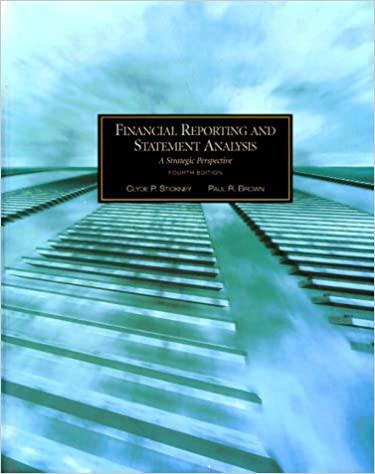
Question 2 Answer the following unrelated items. (a) In a single sentence, explain why it is useful from a risk-management perspective for the writer of a call option to simultaneously hold the underlying asset. (3 marks) (b) Consider an at-the-money European call option and a European put option on the same underlying asset (non-dividend paying). Both options have the same exercise price and same expiration date. Which option has the higher value? Explain. (5 marks) (c) A stock with spot price S is expected to pay a dividend of Din t years. European call and put options on the stock with exercise price X and maturity T>tare trading at prices c and p, respectively. The continuously compounded risk-free rate is r. i. Show that the following put-call parity relationship holds: c+ Xe-T + Dert = p + S (6 marks) ii. The stock price is $20. A 3-month at-the-money European put on the stock trades at $0.75. The corresponding call trades at $1. The continuously compounded risk-free rate is 10%. Do these prices imply the existence of an arbitrage opportunity? Explain. (5 marks) (d) A house in Melbourne has recently sold for $2.5 million. Renting an equivalent house costs $250,000 per year (paid at year-end). The risk-free rate is 7.5% (annually compounded). Suppose the house can either increase in price each year by 20% or decrease by 20% before rent is paid out i.e. cum-dividend). For example, the price can increase from $2.5 million to $3.0 million, so that after $250,000 rent is paid out (i.e. ex-dividend), the house is worth $2.75 million. i. What is the price of a 2-year at-the money American call option on the house? State any assumptions you need to make. (8 marks) ii. Holding all else constant, how would each of the following affect your answer to part (i): an increase in the rent a decrease in the price of the house a decrease in the strike price of the option In each case, state the direction of the change (i.e., increase the price, decrease the price, or uncertain) and provide a brief explanation of your reasoning. (6 marks) Question 2 Answer the following unrelated items. (a) In a single sentence, explain why it is useful from a risk-management perspective for the writer of a call option to simultaneously hold the underlying asset. (3 marks) (b) Consider an at-the-money European call option and a European put option on the same underlying asset (non-dividend paying). Both options have the same exercise price and same expiration date. Which option has the higher value? Explain. (5 marks) (c) A stock with spot price S is expected to pay a dividend of Din t years. European call and put options on the stock with exercise price X and maturity T>tare trading at prices c and p, respectively. The continuously compounded risk-free rate is r. i. Show that the following put-call parity relationship holds: c+ Xe-T + Dert = p + S (6 marks) ii. The stock price is $20. A 3-month at-the-money European put on the stock trades at $0.75. The corresponding call trades at $1. The continuously compounded risk-free rate is 10%. Do these prices imply the existence of an arbitrage opportunity? Explain. (5 marks) (d) A house in Melbourne has recently sold for $2.5 million. Renting an equivalent house costs $250,000 per year (paid at year-end). The risk-free rate is 7.5% (annually compounded). Suppose the house can either increase in price each year by 20% or decrease by 20% before rent is paid out i.e. cum-dividend). For example, the price can increase from $2.5 million to $3.0 million, so that after $250,000 rent is paid out (i.e. ex-dividend), the house is worth $2.75 million. i. What is the price of a 2-year at-the money American call option on the house? State any assumptions you need to make. (8 marks) ii. Holding all else constant, how would each of the following affect your answer to part (i): an increase in the rent a decrease in the price of the house a decrease in the strike price of the option In each case, state the direction of the change (i.e., increase the price, decrease the price, or uncertain) and provide a brief explanation of your reasoning. (6 marks)







